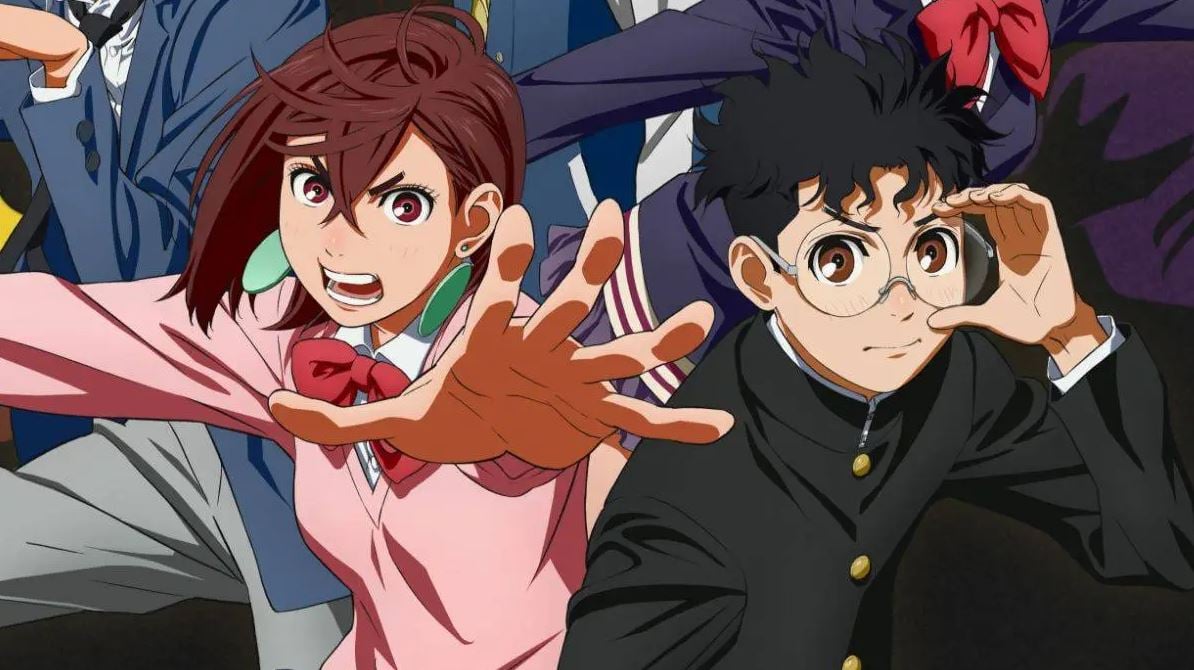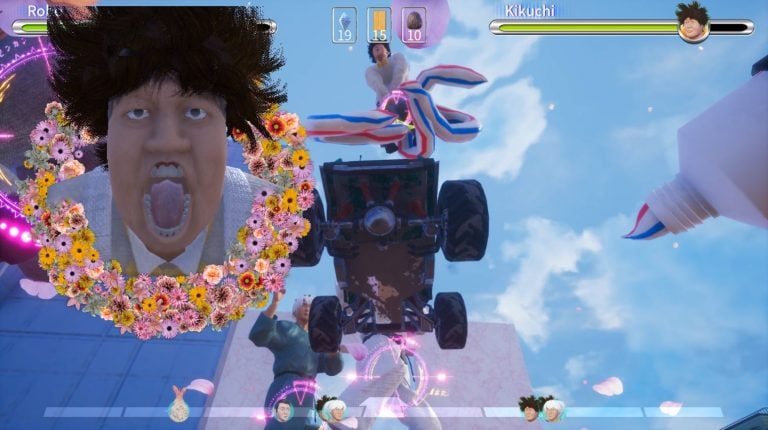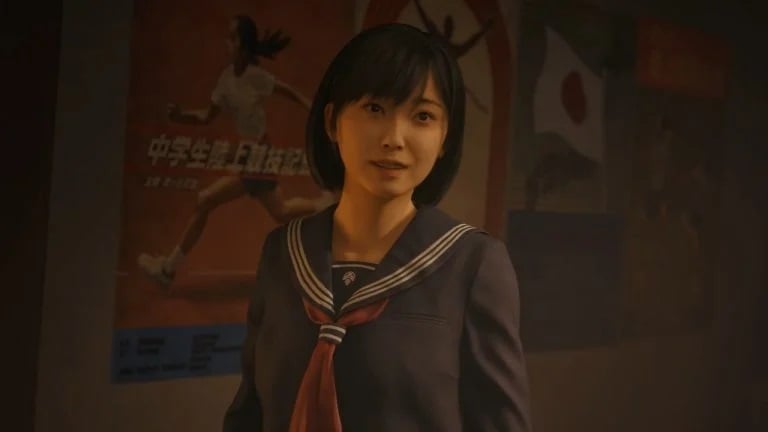A Japanese animator, character designer, and former animation instructor who goes by Joni recently took to X to talk about a job offer they received that had less-than-ideal implications for the profession. It involved fixing “broken” AI-generated animations for an insultingly cheap price. Joni naturally turned down the offer and asked the prospective client to never contact them again, but not without taking a moment to express their concerns with the practice potentially catching on in the anime industry.
While Joni understands that hiring an animator can be expensive, they couldn’t fathom why someone would commission an animator to revise AI-generated work for lower-than-standard pay. They assume that this job was devised by a “clueless outsider” who doesn’t know much about the industry.
Turning down the commission was also a matter of principle. Joni states that they don’t want to participate in the practice of professionals fixing subpar animations for cheap to reduce the cost of anime production, regardless of whether it comes from AI or humans. This phenomenon has, in their opinion, made key animation directors across the industry snap under overwhelming pressure.
They explain that many anime studios outsource work to overseas contractors. This has led to the industry-wide practice of animation being drawn cheaply and quickly outside of Japan (no matter the quality) before being handed over to Japanese key animation directors. The directors would then be forced to fix the animations under a set, per-episode cost, keeping the budget the same and the costs low. Due to the uneven work-payment balance, several key animation directors who were expected to deliver cheap yet skillful “fixes” ended up resigning.
Joni tells all animators to be cautious when accepting commissions like the one they were offered. They warn others not to casually accept these offers without first confirming that the remuneration is worth their abilities. Cheap work hidden behind statements like “We’re getting more projects like this,” “We’re testing it out at a low price,” “It’d be good to handle this kind of work (at low cost) going forward,” and “It’s just a partial fix” should also be avoided, as these will normalize AI-generated content and the underpayment of real animators.
Related articles: 60% of the companies actually producing anime saw declining profit or losses in 2024, despite industry revenue being at an all-time high





